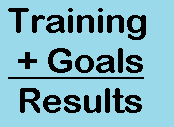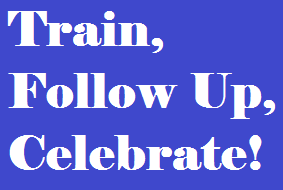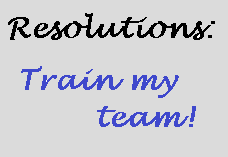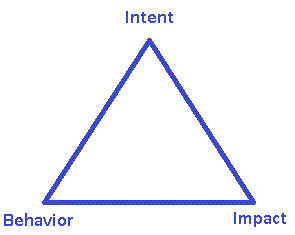 Goals that are integrated into leadership training create better outcomes. This is the message of a study published by the Academy of Management Learning & Education in 2012 (abstract here). In this detailed work by Johnson et al., 360-degree surveys were used to measure perceived changes in people who had participated in leadership development training. Some had goals included in the training program, while other leaders did not.
Goals that are integrated into leadership training create better outcomes. This is the message of a study published by the Academy of Management Learning & Education in 2012 (abstract here). In this detailed work by Johnson et al., 360-degree surveys were used to measure perceived changes in people who had participated in leadership development training. Some had goals included in the training program, while other leaders did not.
The study showed a strong correlation between goal-setting by the leaders and the changes witnessed by their followers and other stakeholders. The message is clear: goal-setting with action and follow up will deliver better ROI on the effort.
What can your organization do with this knowledge? Think about how training can be aligned with business priorities and the routine activities of those who participate in the training. Ask participants to create goals based on the new skills learned.
Here is an example of what we are talking about.
Training Topic: Better Communication with Direct-Reports
Desired Outcome: Leaders who go through this training will understand how regularly planned check-ins with their team members will improve communication and organizational performance. Leaders will be encouraged to build a routine business rhythm for these sessions.
Goal: Leaders will change their calendars to allow for one regularly-scheduled 30-minute check in with each direct report each week starting in two weeks.
The next step, of course, is to follow up to see if these things are happening and the impact the meetings – or whatever the targeted action – are having on the organization. If the desired outcome is to build communication between team members and their leaders, check in with those team members to see if it’s happening. Do they see a difference? If so, you win!
Every situation will be different. Your organization’s follow-up and measurement strategy will vary with the training activities and goals. Just remember to build a goal-setting component into your training initiative to improve effectiveness and ROI.
===
Learning Dynamics has more than 30 years of experience helping clients develop and deliver effective training programs that improve organizational performance. Speak with us today to learn how we can help you as you are Investing in People™.




